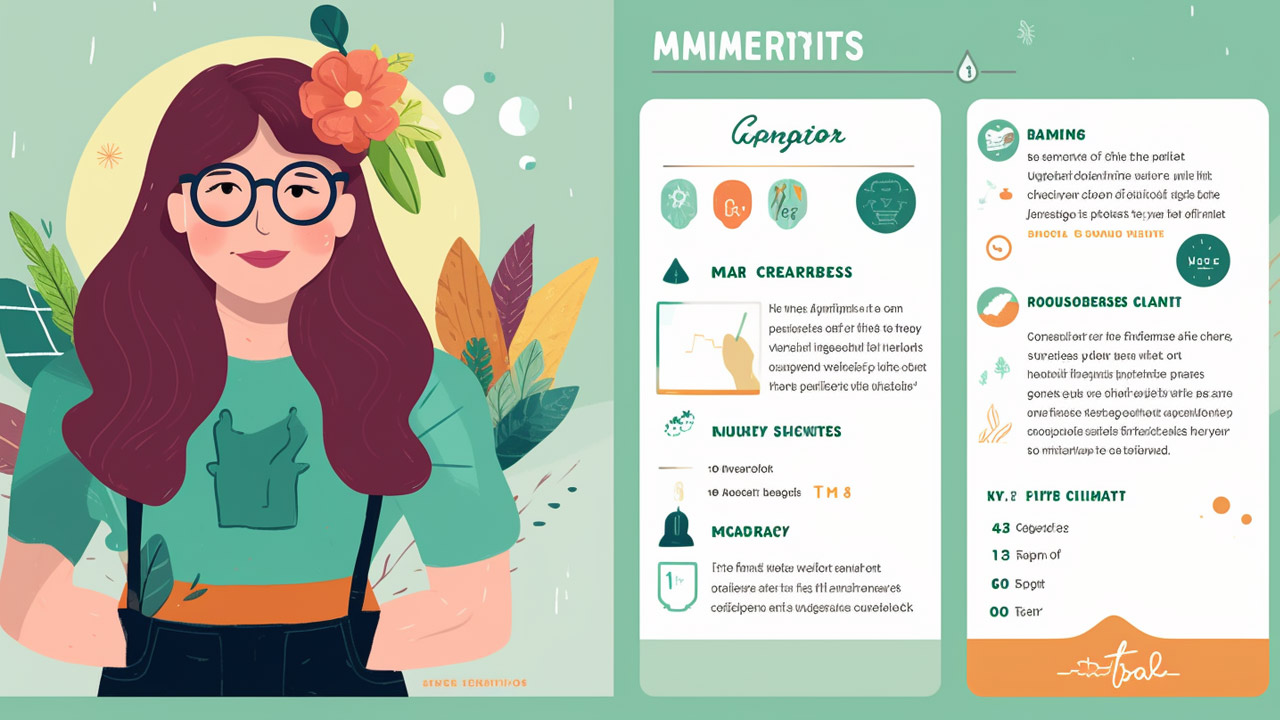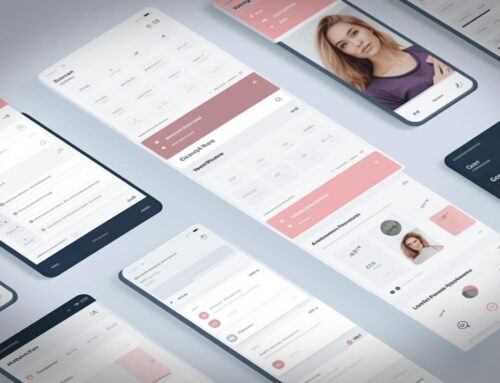Creating a persona is an essential step in understanding your target audience and tailoring your products, services, and marketing efforts to their specific needs and preferences. In this comprehensive guide, we will outline the steps to create a well-defined persona for your business.
Step 1: Conduct Market Research
Start by gathering information about your target market to create a solid foundation for your persona.
- Methods for conducting market research:
- Surveys and questionnaires
- Interviews with customers and prospects
- Focus groups
- Online research and social media analysis
- Competitor analysis
Step 2: Identify Demographic Information
Demographics provide a basic understanding of who your customers are, helping you segment your audience.
- Key demographic factors to consider:
- Age
- Gender
- Education level
- Occupation
- Income level
- Marital status
- Geographic location
Step 3: Analyze Psychographic Traits
Psychographic traits help you understand your customers’ motivations, values, and attitudes, providing insight into their decision-making process.
- Important psychographic factors include:
- Lifestyle
- Interests and hobbies
- Values and beliefs
- Personality traits
- Buying habits
Step 4: Examine Behavioral Patterns
Understanding how your customers interact with your products, services, and brand allows you to better address their needs and preferences.
- Consider the following behavioral aspects:
- Product usage and frequency
- Preferred communication channels
- Online behavior and engagement
- Brand loyalty
- Decision-making process
Step 5: Identify Pain Points and Challenges
Uncovering your customers’ pain points and challenges enables you to address their concerns and offer solutions through your products and services.
- Key questions to ask:
- What problems are your customers trying to solve?
- What obstacles do they face in achieving their goals?
- What frustrations do they have with current solutions?
Step 6: Determine Goals and Motivations
Understanding your customers’ goals and motivations helps you create products, services, and marketing messages that resonate with them.
- Key questions to ask:
- What are your customers’ primary goals and objectives?
- What drives their decision-making process?
- How do they define success?
Step 7: Create a Customer Journey Map
Mapping out your customers’ journey helps you identify opportunities for improvement and better understand their interactions with your brand.
- Key components of a customer journey map:
- Touchpoints (website, social media, customer service, etc.)
- Customer actions and decisions at each touchpoint
- Emotional state at each stage of the journey
- Opportunities for improvement
Step 8: Craft Your Persona
Combine the information you’ve gathered to create a comprehensive, fictional representation of your ideal customer.
- Elements of a well-defined persona:
- Name and photo (to humanize the persona)
- Demographic information
- Psychographic traits
- Behavioral patterns
- Pain points and challenges
- Goals and motivations
- Quotes or testimonials (to add depth and authenticity)
Step 9: Validate and Refine Your Persona
Use customer feedback, market research, and data analysis to validate your persona and refine it as needed.
- Methods for validating and refining your persona:
- A/B testing of marketing messages and materials
- Customer feedback and surveys
- Regular reviews and updates based on changing market conditions
Wrapping up this article
Creating a persona is a crucial step in understanding and catering to your target audience. By conducting market research, identifying demographic, psychographic, and behavioral traits, and mapping out customer journeys, you can develop a comprehensive










